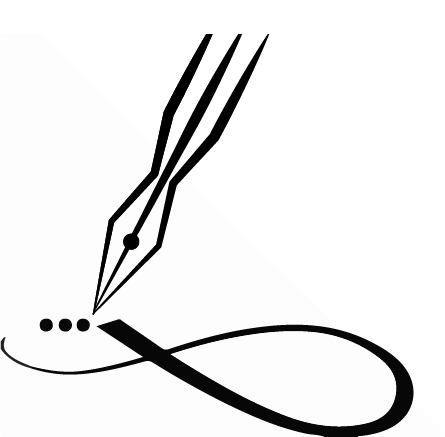Attachment theory is a psychological, evolutionary and ethological theory concerning relationships between humans. The most important tenet is that young children need to develop a relationship with at least one primary caregiver for normal social and emotional development. The theory was formulated by psychiatrist and psychoanalyst John Bowlby.
Within attachment theory, infant behaviour associated with attachment is primarily the seeking of proximity to an attachment figure in stressful situations. Infants become attached to adults who are sensitive and responsive in social interactions with them, and who remain as consistent caregivers for some months during the period from about six months to two years of age. During the latter part of this period, children begin to use attachment figures (familiar people) as a secure base to explore from and return to. Parental responses lead to the development of patterns of attachment; these, in turn, lead to internal working models which will guide the individual’s feelings, thoughts and expectations in later relationships. Separation anxiety or grief following the loss of an attachment figure is considered to be a normal and adaptive response for an attached infant. These behaviours may have evolved because they increase the probability of survival of the child.
Research by developmental psychologist Mary Ainsworth in the 1960s and 70s underpinned the basic concepts, introduced the concept of the “secure base” and developed a theory of a number of attachment patterns in infants: secure attachment, avoidant attachment and anxious attachment. A fourth pattern, disorganised attachment, was identified later. In the 1980s, the theory was extended to attachments in adults. Other interactions may be construed as including components of attachment behaviour; these include peer relationships at all ages, romantic and sexual attraction and responses to the care needs of infants or the sick and elderly.
To formulate a comprehensive theory of the nature of early attachments, Bowlby explored a range of fields, including evolutionary biology, object relations theory (a tenet of psychoanalysis), control systems theory, and the fields of ethology and cognitive psychology. After preliminary papers from 1958 onwards, Bowlby published the full theory in the trilogy Attachment and Loss (1969–82). In the early days of the theory, academic psychologists criticized Bowlby, and the psychoanalytic community ostracised him for his departure from psychoanalytical tenets; however, attachment theory has since become the dominant approach to understanding early social development, and has given rise to a great surge of empirical research into the formation of children’s close relationships. Later criticisms of attachment theory relate to temperament, the complexity of social relationships, and the limitations of discrete patterns for classifications. Attachment theory has been significantly modified as a result of empirical research, but the concepts have become generally accepted. Attachment theory has formed the basis of new therapies and informed existing ones, and its concepts have been used in the formulation of social and childcare policies to support the early attachment relationships of children
